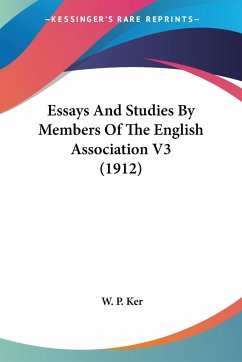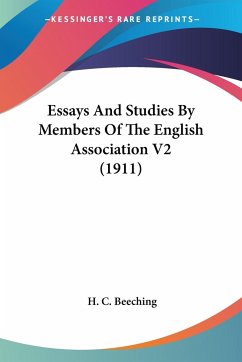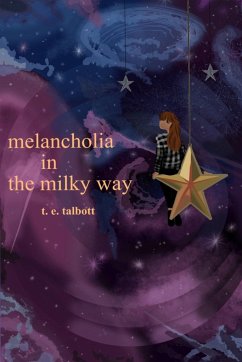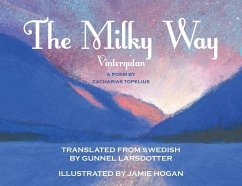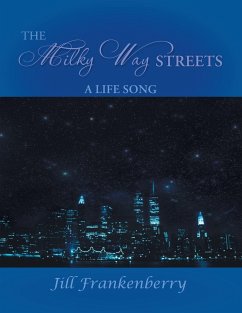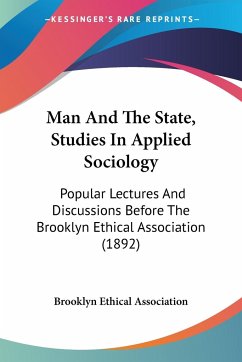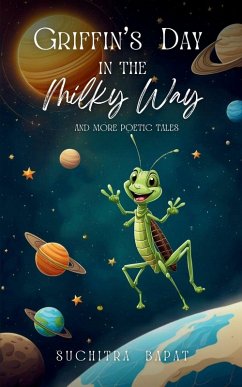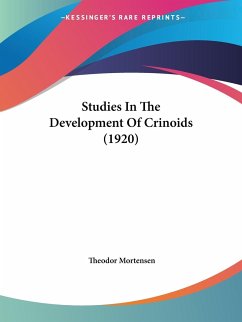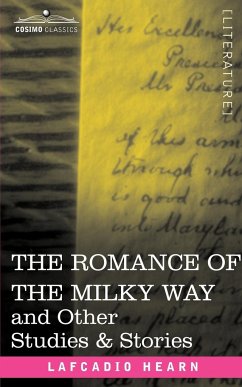
The Romance of the Milky Way and Other Studies & Stories

PAYBACK Punkte
15 °P sammeln!
Lafcadio Hearn was a writer particularly gifted at translating a foreign aesthetic for a Western audience. Hearn's writing is always lyrical and passionate, and in this collection of essays and tales-not all of which are on subjects Japanese, unlike his most popular works-we see also his most refined workmanship and most intellectual discourse. Whether an extrapolation on Goblin Poetry, a discussion of the existential question, a passionate retelling of a mythic tale, or an illustration of Japan's social philosophy, the pieces herein form a portrait of a man who is taking us somewhere fantasti...
Lafcadio Hearn was a writer particularly gifted at translating a foreign aesthetic for a Western audience. Hearn's writing is always lyrical and passionate, and in this collection of essays and tales-not all of which are on subjects Japanese, unlike his most popular works-we see also his most refined workmanship and most intellectual discourse. Whether an extrapolation on Goblin Poetry, a discussion of the existential question, a passionate retelling of a mythic tale, or an illustration of Japan's social philosophy, the pieces herein form a portrait of a man who is taking us somewhere fantastic, but making us feel at home all the way. Bohemian and writer PATRICK LAFCADIO HEARN (1850-1904) was born in Greece, raised in Ireland, and worked as newspaper reporter in the United States before decamping to Japan. He also wrote In Ghostly Japan (1899), and Kwaidon (1904).





